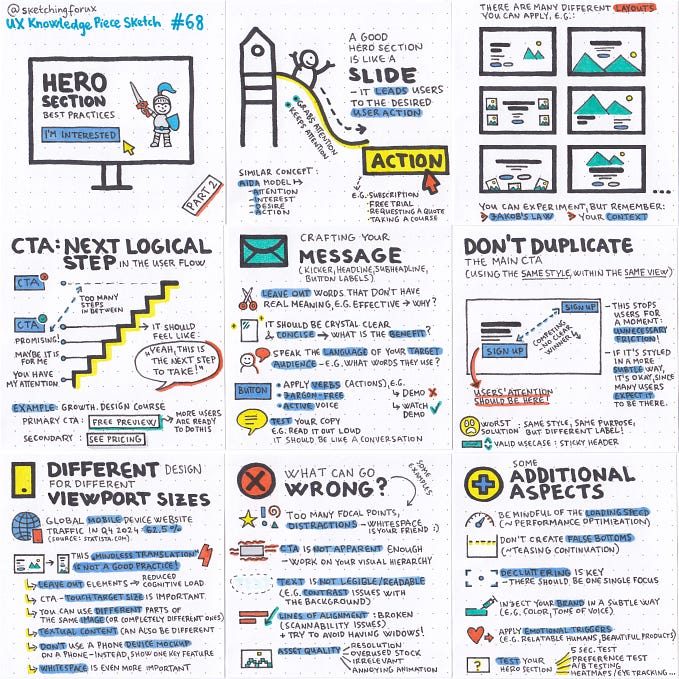Member-only story
Dashboards are a powerful tool that you probably shouldn’t try to make
How to avoid turning your visualization into a data graveyard
My worst data visualization work has all been dashboards, and I recently realized why.
Part of learning Data Viz is experimenting with different types of visualizations to present information, and dashboards are something I’ve been looking into as I’ve started working with more complex datasets.
It’s a standard visual format that a lot of people have come to expect, but there are several catastrophic mistakes you can fall into when creating one.
To elaborate on this, one needs to look no further than Jared Spool.

Dashboards can easily become a data graveyard
“Dashboards are where data goes to die.” — Michael Solomon, Product Strategy Director

Jared Spool, the founder of User Interface Engineering, tweeted out something last year that sparked a fair amount of discussion about dashboards.
His argument was simple: Dashboards report on the current status. Users don’t act on status: they act on a change in status.
Dashboards are passive when the user needs something active. Without a dedicated user that takes that information, understands it at a glance, and takes action with it, dashboards are more likely to be pretty displays of information.
Does this mean that you should never use dashboards? I haven’t made up my mind just yet. But I’ve come to realize exactly who dashboards are for by asking questions.
Are your audience members Subject Matter Experts?

One of the most ubiquitous forms of dashboards is a physical one, such as a car or airplane dashboard. But with this type of…





